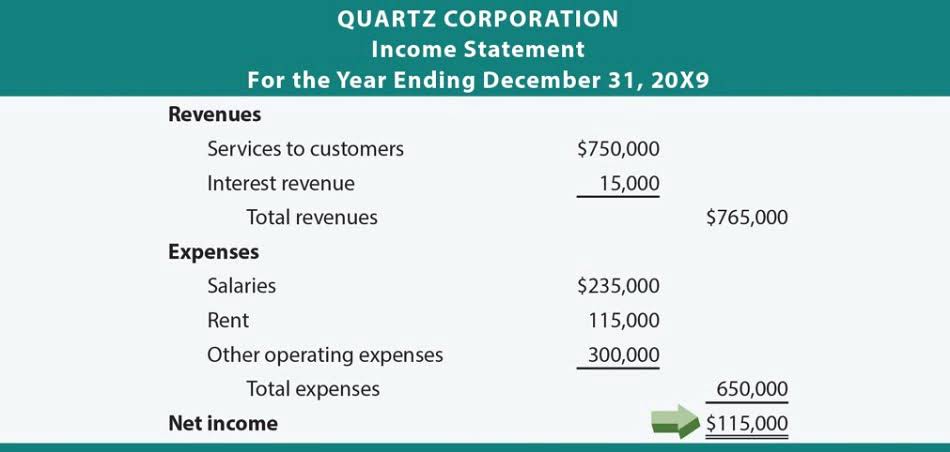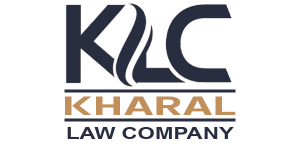
The firm’s account may contain a debit entry for a deposit that was not received by the bank prior to the statement date. One of the Online Accounting procedures for establishing the correct cash balance (and for controlling cash) is the reconciliation of the bank and book cash balances. Once you’ve identified the discrepancies, make any necessary adjustments.
Step 2: Work Out the Balance as Per Bank Side of the Bank Reconciliation Statement
Reconciling bank accounts in QuickBooks Online follows a similar process. However, it will be a little bit easier since QuickBooks Online will automatically pull up your check register. Knowing how to reconcile bank statements in QuickBooks Online will make the reconciliation process easier and stress free. Preparing a bank reconciliation involves matching your company’s financial records with your bank statements to ensure consistency and identify any discrepancies. This can also help you catch any https://www.bookstime.com/construction-companies bank service fees or interest income making sure your company’s cash balance is accurate.
- This process involves matching the bank statement with the company’s general ledger account balance, identifying discrepancies, and making necessary adjustments.
- Finally, compare your adjusted bank balance to your adjusted book balance.
- In the absence of proper bank reconciliation, the cash balances in your bank accounts could be much lower than expected, which may result in bounced checks or overdraft fees.
- Our team is ready to learn about your business and guide you to the right solution.
- By using pre-configured templates, it simplifies the management of open items and enhances analytical capabilities.
- The company found there are $3,000 deposits in transit and $2,000 outstanding checks.
What Is a Bank Reconciliation?
Many companies may choose to do additional bank reconciliations in situations that involve large sums of money or that show unusual financial activity. This can include large payments and deposits or notifications of suspicious activity from your bank. In these situations, it’s a good idea to perform an immediate reconciliation. Since the bank statement balance according to the bank reconciliation matches the bank balance in the bank statement, the reconciliation can be considered correct. Preparing a bank reconciliation requires a company to take a step by step approach.

Would you prefer to work with a financial professional remotely or in-person?

Since these differences alter the balance on the bank book, the adjustments need to take place before further reconciliation takes place. Timing differences are items that cause a difference between the balances in the bank statement and bank book due to the timing of transactions. These differences generally comprise two types of items, outstanding checks, and deposits in transits, also known as outstanding lodgments. An outstanding check is a check that a company pays another party, but the party does not present it to the bank.
What Is a Bank Reconciliation Statement?
The check then passes through the banking system and eventually, a few more days later, it is processed by the bank of the business and posted to its account (bank statement). The period of days between the business posting the check and the bank posting the check results in items in the cash book not on the bank statement. They are helpful when reconciling accounts to print statements, clearing errors, etc. They can also be helpful when reconciling accounts for pulling reports.Another example would be where you deposit cash, but the teller doesn’t post it correctly. You have to go back and compare your records with the bank’s to try bank reconciliation and figure out what went wrong so you can correct your records to match the banks. A bank reconciliation statement is only a statement prepared to stay abreast with the bank statement; it is not in itself an accounting record, nor is it part of the double entry system.
- It’s important to perform a bank reconciliation periodically to identify fraudulent activities or bookkeeping and accounting errors.
- For instance, a company will have one Cash account for its main checking account, a second Cash account for its payroll checking account, and so on.
- Bank accounts for businesses can involve thousands of transactions per month.
- Ongoing bank reconciliations are conducted more frequently, such as weekly or even daily, to maintain real-time accuracy in financial records.
- In addition to this, the reconciliation process also helps keep track the occurrence of fraud, which can help you control your business’ cash receipts and payments.
- The cash account balance in an entity’s financial records may also require adjusting in some specific circumstances, if you find discrepancies with the bank statement.
Do you own a business?
This process ensures accurate tracking of financial transactions and balances. Bank reconciliation is the process of comparing accounting records to a bank statement to identify differences and make adjustments or corrections. In the case of personal bank accounts, like checking accounts, this is the process of comparing your monthly bank statement against your personal records to make sure they match. Many banks allow you to opt for fee-free electronic bank statements delivered to your email, but your bank may mail paper bank statements for a fee.

What is your current financial priority?
When you “reconcile” your bank statement or bank records, you compare it with your bookkeeping records for the same period, and pinpoint every discrepancy. Then, you make a record of those discrepancies, so you or your accountant can be certain there’s no money that has gone “missing” from your business. Incorrectly recording transactions in the accounting system can result in errors in the balance sheet and bank statement, making it challenging to reconcile. Ensure that the income and expenses on the balance sheet match the bank statements to identify any unaccounted expenses or deposits. Discrepancies in bank reconciliations can arise from data processing errors or delays and unclear fees at the bank.

Maintaining accurate financial records makes it easier to organize your taxes when it comes time to file. Regular bank reconciliation saves you from having to review a full year of financial records—instead, you can quickly consult your reconciliation statements to review any required information. Conducting regular bank reconciliation helps you catch any fraud risks or financial errors before they become a larger problem.


